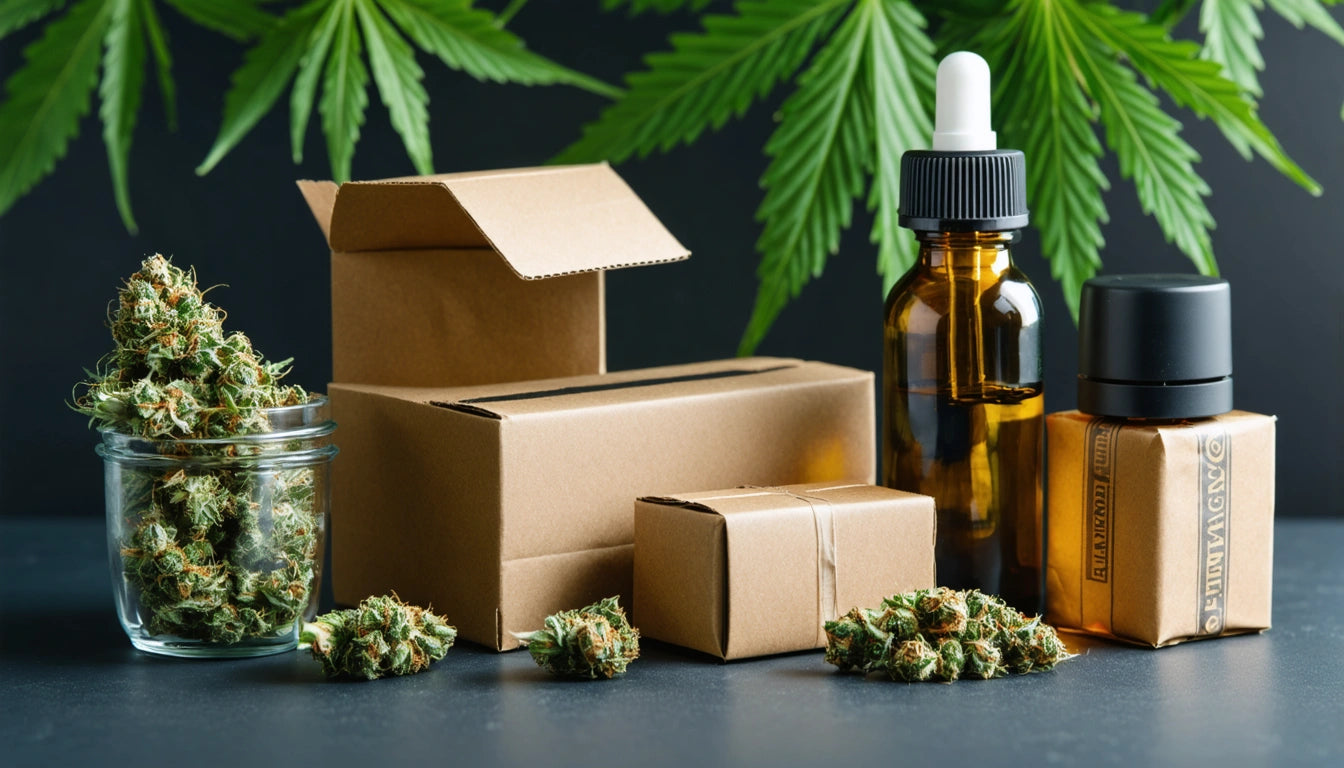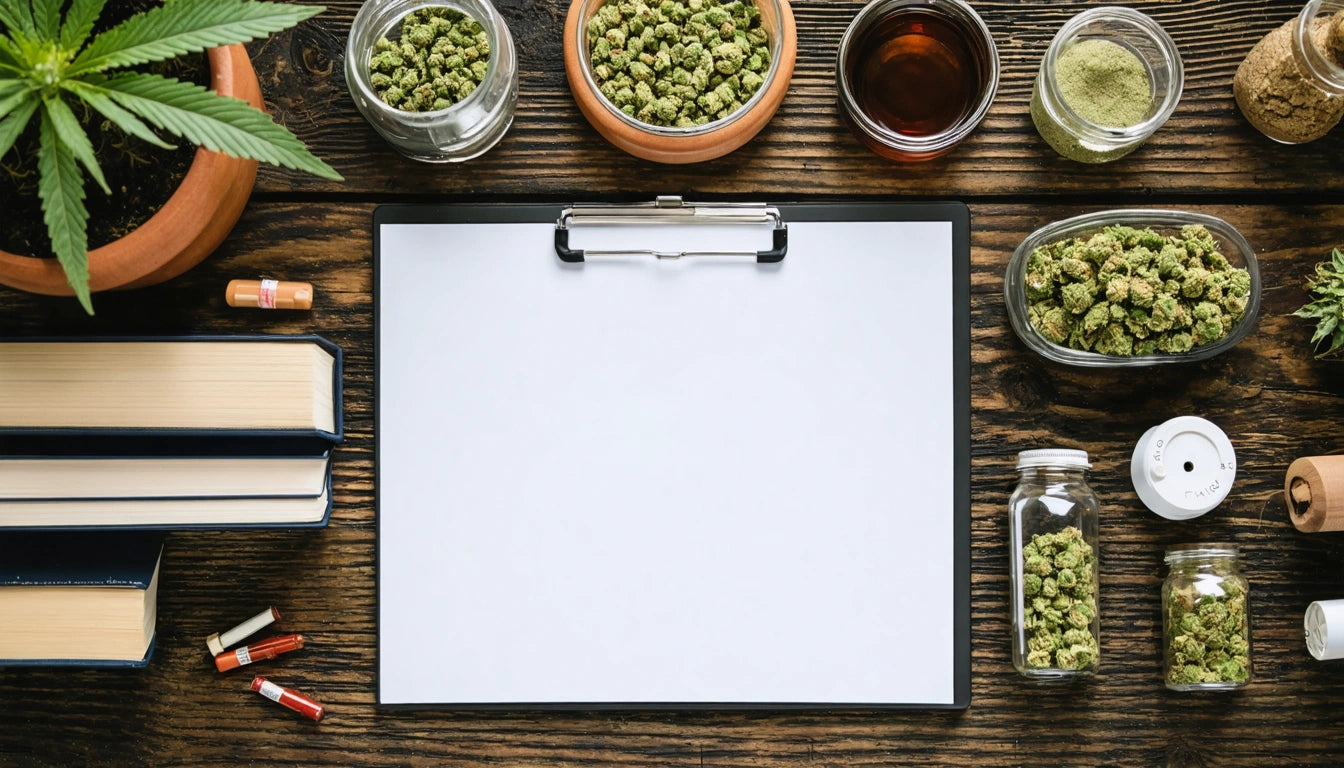Table of Contents
How to Cut Packaging Costs Without Sacrificing Quality
In the competitive cannabis industry, packaging costs can significantly impact profit margins. Finding the balance between cost-effective solutions and maintaining product quality is essential for sustainable business growth. This guide explores practical strategies to reduce packaging expenses while preserving brand integrity and product protection.
Cost Analysis: Identifying Packaging Waste
Before implementing cost-cutting measures, conduct a thorough analysis of your current packaging expenses. According to industry research, many cannabis businesses overspend on packaging by 15-25% without realizing it. The first step is identifying where excess costs occur.
Overpackaging is a common culprit that drives up expenses unnecessarily. This includes using oversized containers, excessive layers, or premium materials where standard options would suffice. A systematic packaging audit can reveal these inefficiencies.
Common Sources of Packaging Waste
- Oversized containers requiring more material than necessary
- Redundant packaging layers that don't add protection
- Premium finishes on non-consumer-facing components
- Inefficient use of standard sizes requiring custom manufacturing
- Excessive void fill or unnecessary inserts
Track metrics like cost-per-unit, material utilization rates, and packaging-to-product ratio to establish benchmarks for improvement. These data points provide concrete targets for cost reduction initiatives.
Material Optimization Strategies
Material selection significantly impacts both cost and quality. Strategic material choices can reduce expenses without compromising product protection or presentation.
Right-Sizing Your Packaging
Using appropriately sized packaging eliminates waste and reduces material costs. Oversized packaging not only increases expenses but can also damage brand perception as consumers become more environmentally conscious.
For bulk products, consider using high-capacity mylar storage solutions that maximize material efficiency while maintaining product freshness and compliance. These options provide excellent product protection with minimal material usage per unit volume.
Material Substitution
Evaluate alternative materials that maintain necessary properties at lower costs:
- Switching from rigid boxes to folding cartons can reduce costs by 15-40%
- Replacing PET with recycled PET (rPET) often reduces costs while improving sustainability
- Using standard thicknesses rather than custom gauges minimizes manufacturing expenses
- Exploring biodegradable options that have reached price parity with conventional materials
When considering material substitutions, always test for product protection, compliance requirements, and brand presentation before full implementation.
Leveraging Supplier Relationships
Building strategic relationships with packaging suppliers creates opportunities for cost savings through volume discounts, improved terms, and collaborative design optimization.
Negotiation Strategies
Approach supplier negotiations with data-driven insights about market rates, volume potential, and long-term partnership value. Consider these tactics:
- Consolidate purchases with fewer suppliers to increase order volumes and leverage
- Commit to longer-term contracts in exchange for price concessions
- Explore vendor-managed inventory programs to reduce carrying costs
- Request regular cost-reduction suggestions from suppliers
Transparency about business goals and challenges often leads to more productive supplier partnerships. Many suppliers can suggest cost-saving alternatives based on their broader market experience.
Efficiency Improvements in Packaging Design
Design optimization can significantly reduce costs while maintaining or even enhancing quality perception. Making rigid boxes more cost-effective, for example, involves strategic design decisions rather than simply using cheaper materials.
Design for Manufacturing Efficiency
Packaging designed with manufacturing efficiency in mind reduces production costs through:
- Minimizing the number of production steps required
- Designing for standard equipment capabilities
- Reducing the need for manual handling or assembly
- Optimizing material yield from standard sheet sizes
- Simplifying structural designs without compromising protection
Collaborate with packaging engineers early in the design process to identify efficiency opportunities. Their expertise can reveal substantial savings through minor adjustments that don't affect the final appearance or functionality.
Standardization Benefits
Standardizing packaging across product lines offers multiple cost advantages:
- Higher volume purchases of fewer components
- Reduced inventory management complexity
- Lower minimum order quantities when reordering
- Simplified production changeovers
- Potential for automation implementation
Consider creating a modular packaging system where common components can be used across multiple products, with only product-specific elements varying.
Strategic Cost Reduction Without Compromising Brand Value
The most successful packaging cost reduction initiatives maintain or enhance perceived value while eliminating unnecessary expenses. This requires a strategic approach focused on customer priorities.
Research indicates that consumers primarily value functionality, ease of use, and sustainability in cannabis packaging. Aesthetic elements matter most at first purchase, while practical considerations drive repurchase decisions. This insight allows for strategic investment in elements that truly impact consumer perception.
Focus premium materials and finishes on consumer-facing surfaces while using cost-effective solutions for internal components. Similarly, invest in structural integrity and child-resistance features while finding efficiencies in secondary packaging elements.
By approaching cost reduction strategically rather than simply cutting across the board, cannabis brands can achieve significant savings while preserving the quality perception that drives consumer loyalty and regulatory compliance.











Leave a comment
All comments are moderated before being published.
This site is protected by hCaptcha and the hCaptcha Privacy Policy and Terms of Service apply.